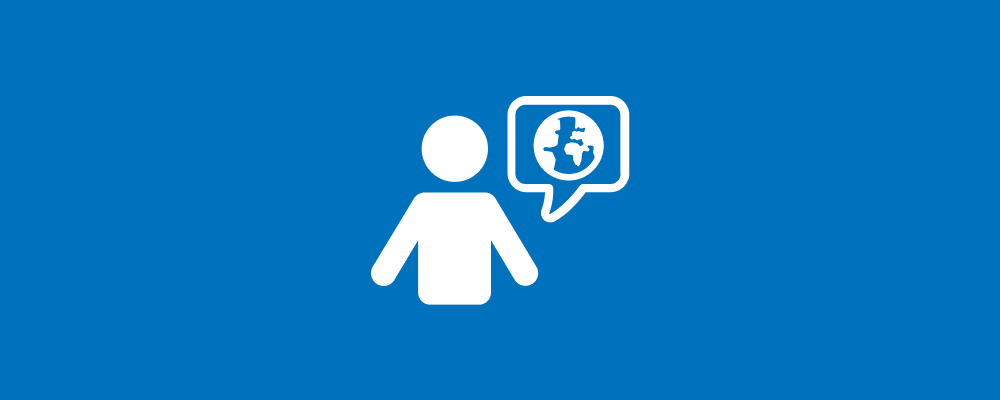
From plainlanguage.gov:
Plain language (also called Plain English) is communication your audience can understand the first time they read or hear it. Language that is plain to one set of readers may not be plain to others.
Written material is in plain language if your audience can:
- Find what they need;
- Understand what they find; and
- Use what they find to meet their needs.
Tips
From plainlanguage.gov:
- Less is more! Be concise.
- Break documents into separate topics.
- Use even shorter paragraphs than on paper.
- Use short lists and bullets to organize information.
- Use even more lists than on paper.
- Use even more headings with less under each heading.
- Questions often make great headings.
- Present each topic or point separately, and use descriptive section headings.
- Keep the information on each page to no more than two levels.
- Make liberal use of white space so pages are easy to scan.
- Write (especially page titles) using the same words your readers would use when doing a web search for the info.
- Dont assume your readers have knowledge of the subject or have read related pages on your site. Clearly explain things so each page can stand on its own.
- Never use “click here” as a link — link language should describe what your reader will get if they click the link.
- Eliminate unnecessary words.
- Short, direct sentences
- Short paragraphs, use lots of paragraph breaks
- Use subheadings
- Avoid jargon and use plain English
- Less is more
- Active voice
Tools
- Hemingway Editor: Free web app that helps makes writing “bold and clear.”
- Readability Score: Free online readability calculator.
Resources
-
Plain language basics for government websites (Department of Civic Things)
ProudCity is a digital government platform that makes it easy and cost-effective to launch and manage all aspects of digital government operations, including websites, meetings, online forms and payments.
Subscribe to our newsletter or connect with us on Twitter, LinkedIn and elsewhere.